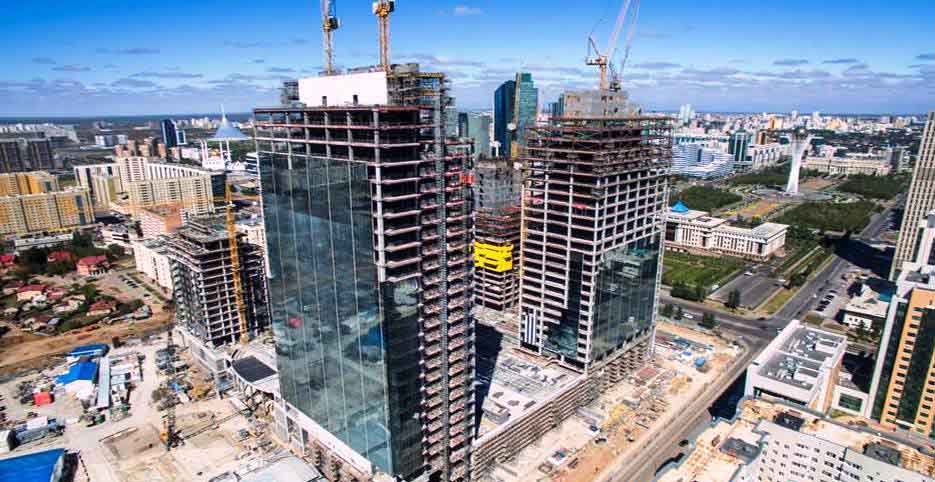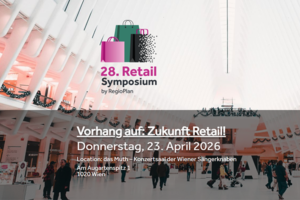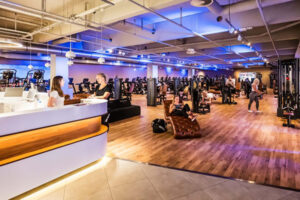Astana has been Kazakhstan’s capital for almost 22 years now. When the country – after all, it is the world’s ninth biggest country – became independent after the collapse of the Soviet Union, the town and its region assumed its original name Aqmola in 1992 and was nominated as the future capital in 1994.
After the capital moved from Almaty to Aqmola on December 10, 1997, the city was renamed again on May 6, 1998 and assumed its current name. The capital was moved here due to the high risk of earthquakes in Almaty and because the Kazakh government hoped to better counter potential separatist tendencies of this area, which is predominantly inhabited by Russians.
Furthermore, Astana seemed to have the best development opportunities due to its potential development sites and transport infrastructure. Since the city became the capital this metropolis with its approximately 1 million inhabitants continues to grow economically. Therefore, its population consistently grows as well and construction activities increase significantly.

Healthy pipeline
So how is the retail market doing in this relatively young capital? The “Abu Dhabi Plaza”, for which Aldar Properties is responsible, is currently taking shape. Besides its shopping center, it will accommodate offices, apartments, and a hotel. The project will consist of several buildings with different heights, while its tallest building will be 382 meters high and consist of 75 floors. This will be the tallest building in Central Asia.
And what is the status of the local pipeline in general? According to Cushman & Wakefield’s “Astana Retail Market Snapshop – Fourth Quarter 2018”, the city witnessed a development-driven supply overhang until recently. However, improving consumer confidence had helped to largely absorb excess space in key retail developments. As of the end 2018 the pipeline remained healthy with number of projects being at different stages of development. On-going and upcoming projects such as „Green Mall”, „Republic Plaza”, retail components as part of the mixed-use developments “Talan Towers”, “The St. Regis Astana”, and the previously mentioned “Abu Dhabi Plaza” are scheduled for completion within the next 12 months.
Once completed, about 97,000 sq m GLA of modern retail space will be added to the market. Construction has also commenced on the “Keruen Global” gastronomic market in the residential district of Saryarka. The 7,900 sq m mall is set to introduce a new retail format to Kazakhstan retail market, combining a farmer’s market, bistro concepts, seasonal fairs, and gourmet festivals. The project is slated to open during the first half of 2020. In addition, a number of existing shopping destinations such as “Sine Tempore”, “Keruen”, “Arujan”, and “Asia Park” are continually being proposed for expansions and upgrades.

International retailer show interest
Due the first KZT devaluation in 2015, consumer confidence has become less sensitive to the national currency fluctuations with consumers turning from retrenchment to a healthy spending mode. Despite on-going sanction-linked uncertainty and further national currency volatility, the consumer economy held up fairly well in the corresponding period. As of 2018, year-on-year retail sales volume growth averaged 13.4% (denominated in KZT) and 7.2% (denominated in USD), thus, picking up the upward trend of 2017.
International retailers continue to be interested in the local market, according to the experts of Cushman & Wakefield. Seeking new expansion opportunities “Tchibo”, “Parfois”, “Coccinelle”, all brands of the Polish retailing company LPP, “Mixit”, “Bobbi Brown”, “Calvin Klein Underwear” were added to the list of new brands now present or underway on the market. Additionally, a number of retailers, such as “Chick-a-beef”, “Tally Weijl”, “Skinny”, “Gant” unveiled their plans to enter Astana’s retail market in the mid-term and are keen to secure space in the capital’s most established retail locations.
Occupier demand remained selective for second-tier retail schemes with many retailers retaining focus on the large-scale conceptual shopping malls in key locations to ensure high turnover.
By the fourth quarter of 2018 average rental rates remained largely unchanged. Despite improving fundamentals in the consumer sector, in the context of persisting economic uncertainty, no opportunities for rental growth were observed at this stage.
“Off-market” deals
When it comes to investment activities in Astana, there is a consistent lack of transactional transparency across all sectors of the investment market; with most deals being ‘off-market’ and negotiations taking place directly between the involved parties. Indeed, there is no evidence of any interest from institutional investors from outside of Kazakhstan seeking to acquire assets, which exacerbates the lack of transparent information.
Notwithstanding the above, Astana will continue to serve as the second most important retail destination in the country after Almaty. Despite the improving sales growth statistics and some rebound in occupier demand, we expect the market fundamentals to stay moderate with consumer spending set to remain the key factor influencing market activity in the mid-term. Prime retail assets will continue to benefit from below average vacancy rates and stable rental levels. Demand for secondary locations is anticipated to remain selective.






